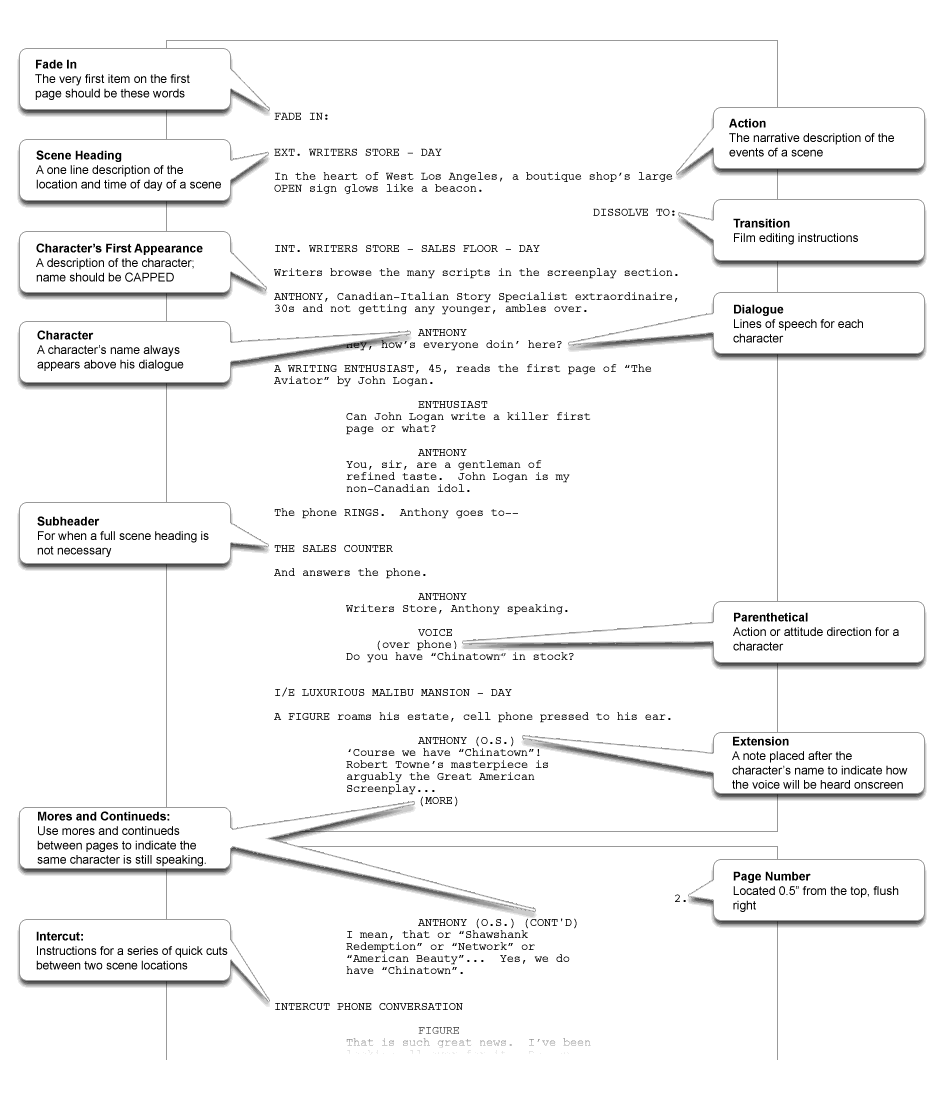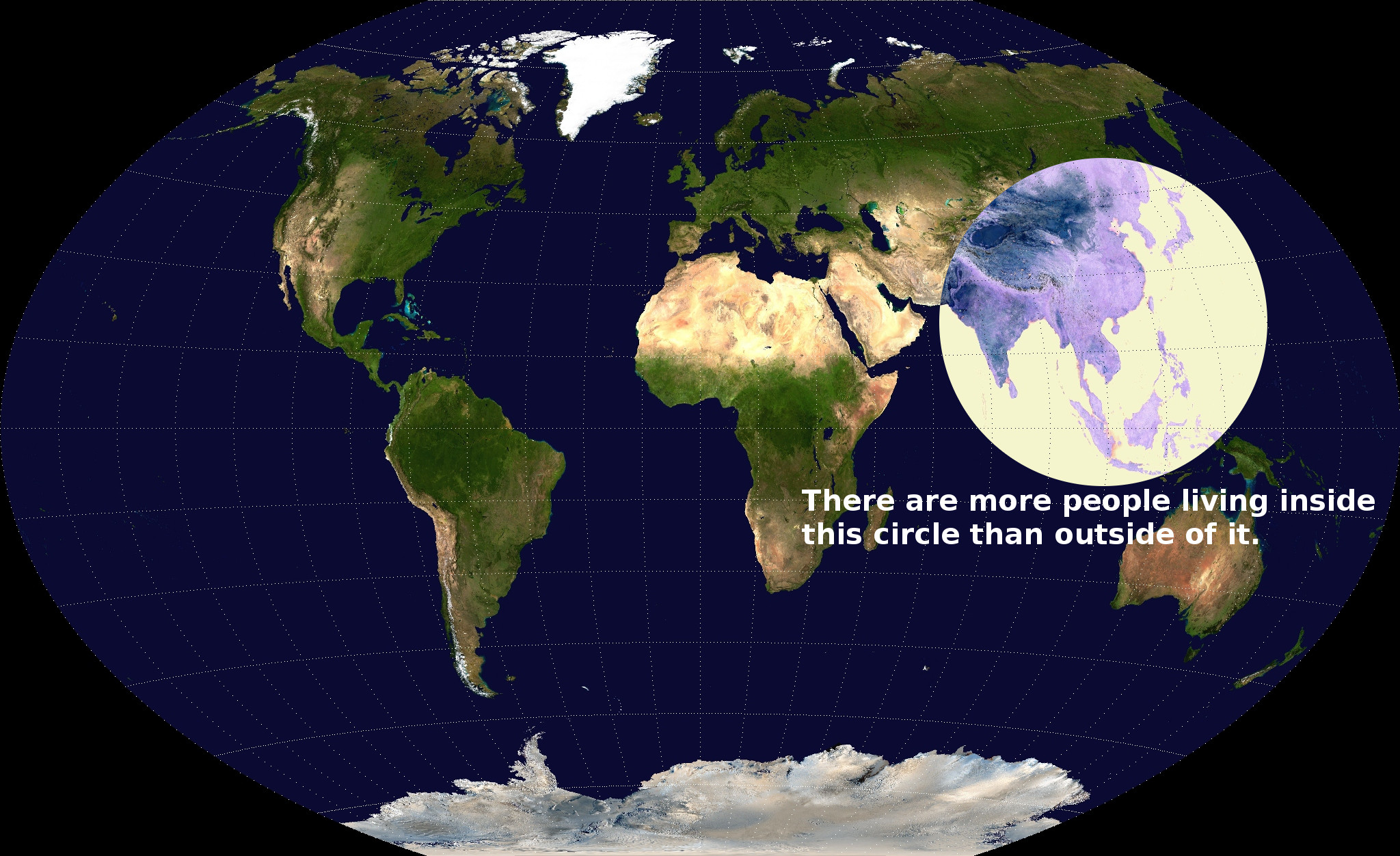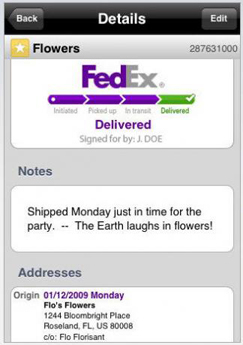Past performance is not indicative of...
Quick shot for a Wednesday that feels like a Tuesday in the middle of what I promise you will feel like a really long week instead of a short one come Friday.
Recently Business Insider ran a piece on the retirement and parting thoughts of Gerard Minack, formerly at Morgan Stanley. In Minack's last investment note, the long time investment pro offered his take on why professional investors and advisers usually do better at 'beating the market' than do amateur, or retail investors - also kind of unusual when careful investing in broad market index funds offer the amateurs among us a pretty decent alternative that will generally at least match market returns. Triangles
Triangles
Here's Minack on why the pros possess an advantage over the amateurs:
The good news for the professionals is that many amateurs persist in trying to beat the market and, in aggregate, they seem to do a significantly worse job than the professionals.
The biggest problem appears to be that – despite all the disclaimers – retail flows assume that past performance is a good guide to future outcomes. Consequently money tends to flow to investments that have done well, rather than investments that will do well. The net result is that the actual returns to investors fall well short not just of benchmark returns, but the returns generated by professional investors.
In the investing context that's was of interest to Minack, amateurs tend to overweight funds and stocks that have been doing well, and underweight, (or even miss entirely), those funds and stocks that are poised to do well in the future. And to him, the mantra of past performance being a good indicator of future performance, (or even the best indicator), was the main reason.
It makes sense in this context. Just because Apple stock kept going up and up and up seemed to indicate it couldn't go down. Until it did. And took a lot of investors with it on the way down, (admittedly many of the same ones who rode it up as well).
But outside of finance and investments, I wonder too, if lots of us fall victim to the 'past performance --> future outcomes' bias too often as well. It's easy to feel that way I suppose. It feels safe. It's hard to argue against usually. When you don't know what will happen next, or know what a person will do next the easiest thing, (and sometimes the only information you have), is too examine what just happened and assume it will continue.
I once wrote something about being a true visionary or innovator means imagining the future as something wildly and incredibly different and not just an incremental shift of the past. But that is really hard to do, as Minack's observations about investing remind us.

 Steve
Steve




